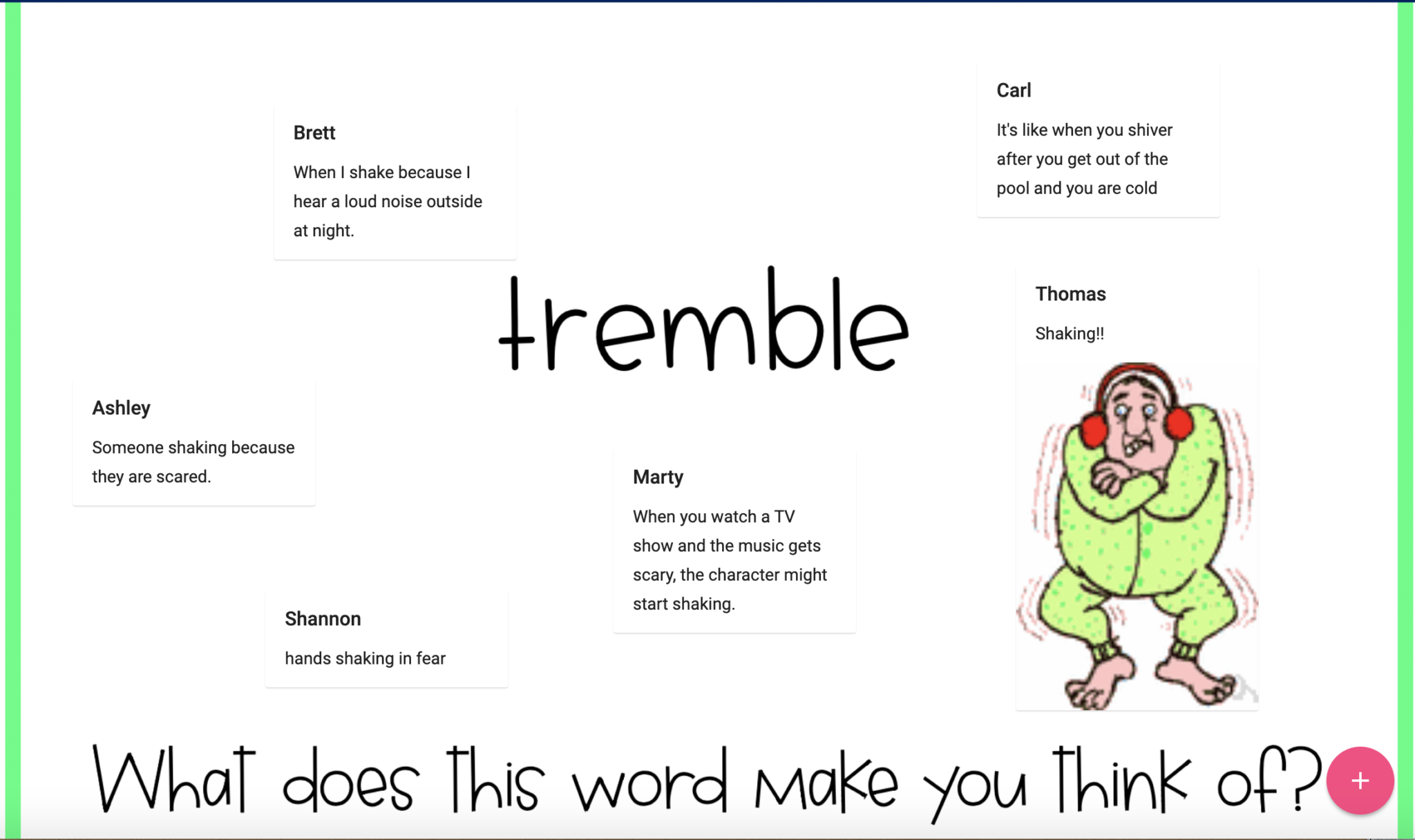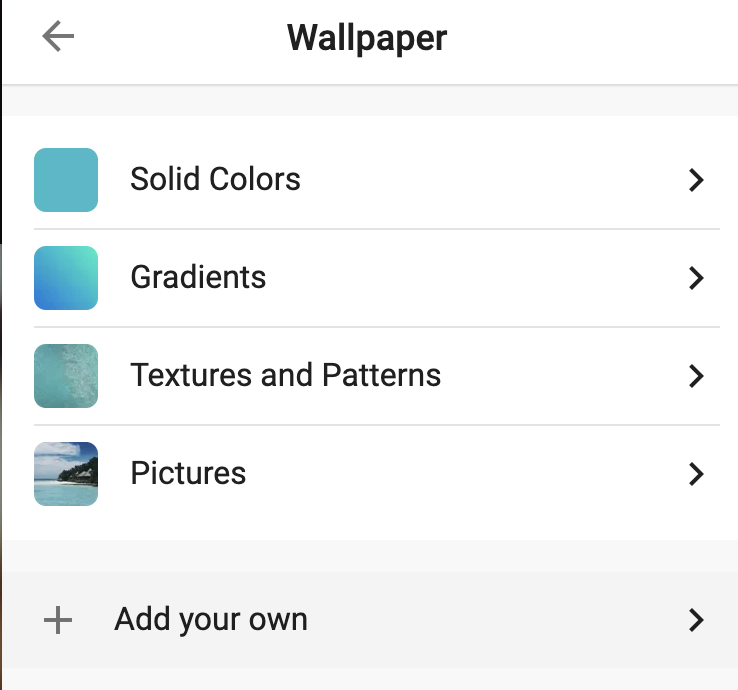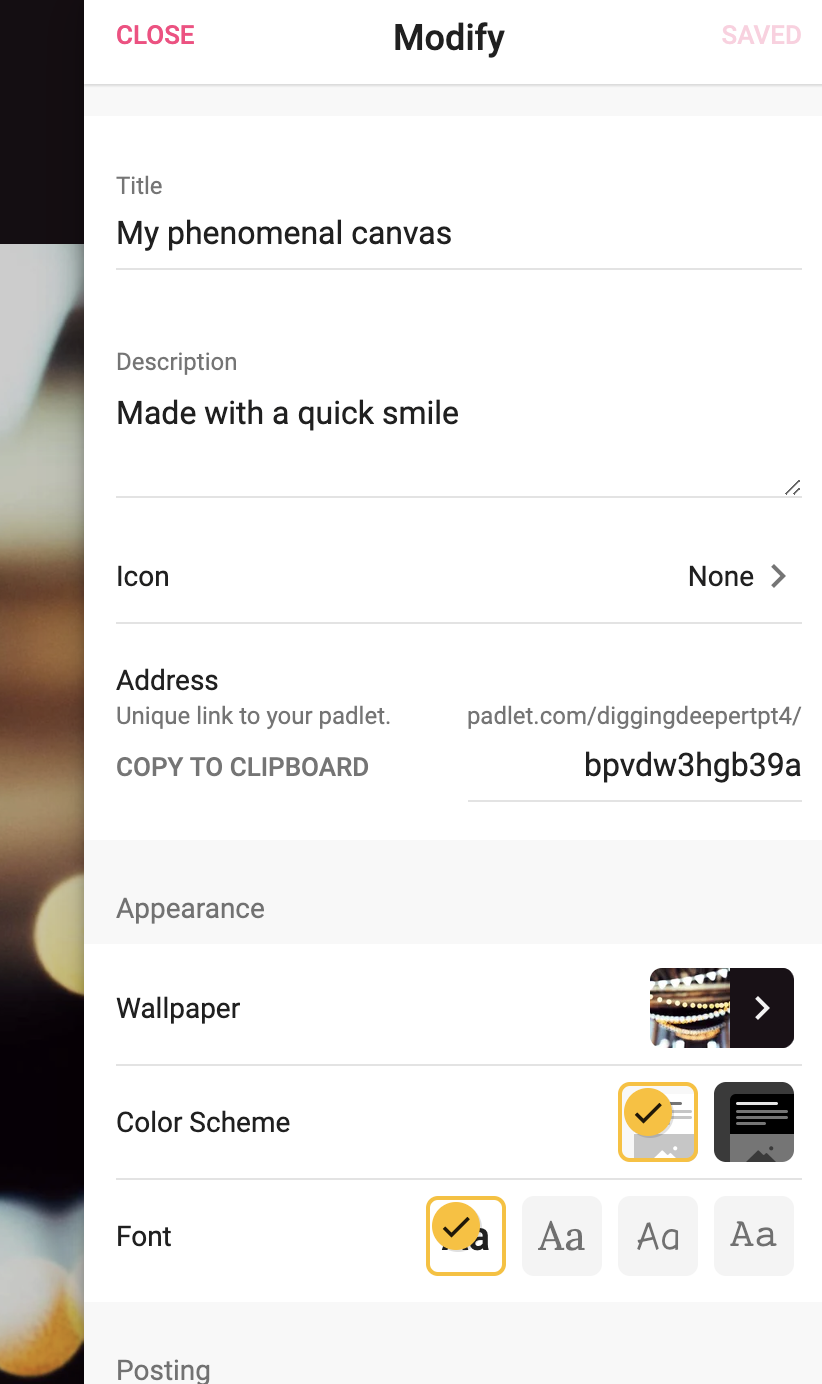


If you are interested in trying the QFT in your remote learning space, I’ve provided a template via Padlet that you are free to copy and use for yourself. Having this ability makes interactions between students during the QFT process not only possible but highly engaging and productive. When the link for your Padlet is shared, all students with access will be able to make original posts as well as react and comment on other students posts. By utilizing a Padlet, each of the steps can be clearly defined ahead of time for students. The seven steps include 1) a question focus (QFocus), 2) the rules for producing questions, 3) producing questions, 4) categorizing questions, 5) prioritizing questions, 6) next steps, and 7) reflection. The Right Question Institute describes as a tool that “helps all people create, work with, and use their own questions - building skills for lifelong learning, self-advocacy, and democratic action.” The QFT is a rigorous yet simple, step-by-step process that facilitates the asking of many questions.

One highly effective way to utilize Padlet is by trying the QFT. With a free account, you can have 4 Padlet’s at a time though you are able to endlessly delete one and create a new one if needed. If you are using Padlet live with your students, you also can delete any post made at any time. With this setting, before any post a student makes appears on the page, you as the instructor and creator of the page will have to approve the post. If you’re worried about students writing inappropriate things when you aren’t on the page, there is a “Require Approval” setting that can be turned on. In addition, Padlet can be used both synchronously and asynchronously, as students simply need to have the shared link in order to access and post in the space. The uses for this site in the classroom are virtually endless!” From bellringer activities, to notetaking, creating presentations, and more, Padlet is a great tool to help students collaborate in a virtual space. If you’re not familiar with Padlet, Matt Miller, author of Ditch that Textbook, explains it as “a web app that lets users post notes on a digital wall. Are you looking for an interactive, fun, and different way to engage your students online? Do you want to tap into your student’s curiosity and increase their capacity to inquire, ask questions, and think more deeply? How about trying the Question Formulation Technique (QFT) with the use of the online tool, ?


 0 kommentar(er)
0 kommentar(er)
